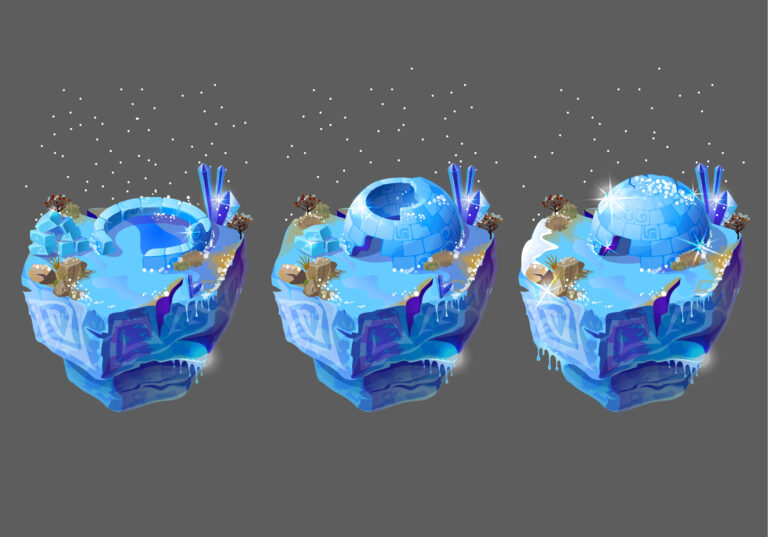Every year, thousands of new games are released to the market with different art styles. They are created either by AAA game development companies with a lot of personnel and hefty budgets or by indie game developers with limited budgets. Naturally, AAA game companies can afford spending considerable resources on art creation while indie developers are limited in the number of resources they can dedicate to each aspect of the game, including the art. In this article, we will explore the various art styles that appear in these two broad categories of games.


Need Game Art Services?
Visit our Game Art Service page to see how we can help bring your ideas to life!
The Art Style in Indie Games
An indie (short for independent) game developer refers to either a solo developer or a small group of developers who create games for living. Indie game developers often cannot afford to hire different artists for their projects due to their limited budget. This forces them to consider art styles like pixel art and low-poly 3D modeling that require less work and are easier to implement. However, this lack of resources is not always a bad thing for indie games. Indie game developers usually demonstrate creative and unconventional art styles in their games. And that is the product of the creative freedom they have in the absence of expectations by gamers and stakeholders. Indie games do not have to conform with certain industry norms and can take bolder risks when it comes to art style. It is for this exact reason that indie games like Minecraft and Monument Valley featured unconventional and innovative art styles that achieved huge success. Let’s explore some popular art styles commonly used in indie games.
Pixel Art
Pixel art is one of the early types of art featured in video games. Creating pixel art is a relatively easy process compared to other types of game art. That is why many indie games still use this art style. Pixel art’s simplicity makes it possible even for solo developers to fill their games with beautiful environments and interesting characters.
Low-Poly Retro 3D Art
Low-poly art refers to the creation of 3D models with not much detail. Poly, which is short for the term polygon, refers to a plane with at least three straight sides and edges. 3D objects are formed by combining hundreds of polygons. Creating highly detailed 3D models with thousands of polygons is a time-consuming and expensive process. Thus, indie game developers making 3D titles often opt for low-poly art.
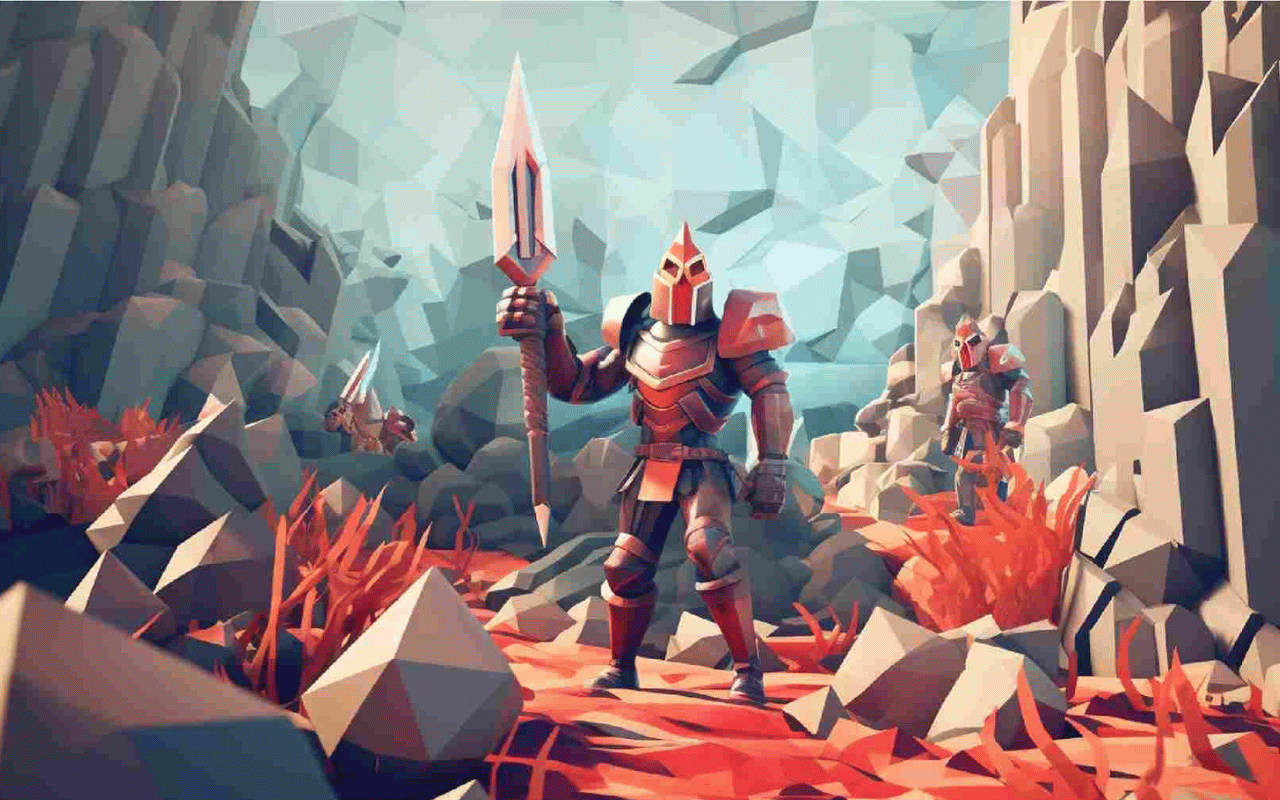
Voxel Art
Voxels are the 3D equivalent to pixels. Games like Minecraft, The Sandbox, and Crossy Road are created using voxel art. Voxels are created using programs like Magica Voxel that allow artists to stack unit cubes on top of each other like LEGO pieces to create different shapes. The process of creating voxels is considerably faster than hard-surface modeling. The appealing style and nostalgic feel of the voxel art make it perfect for indie games and mobile games.
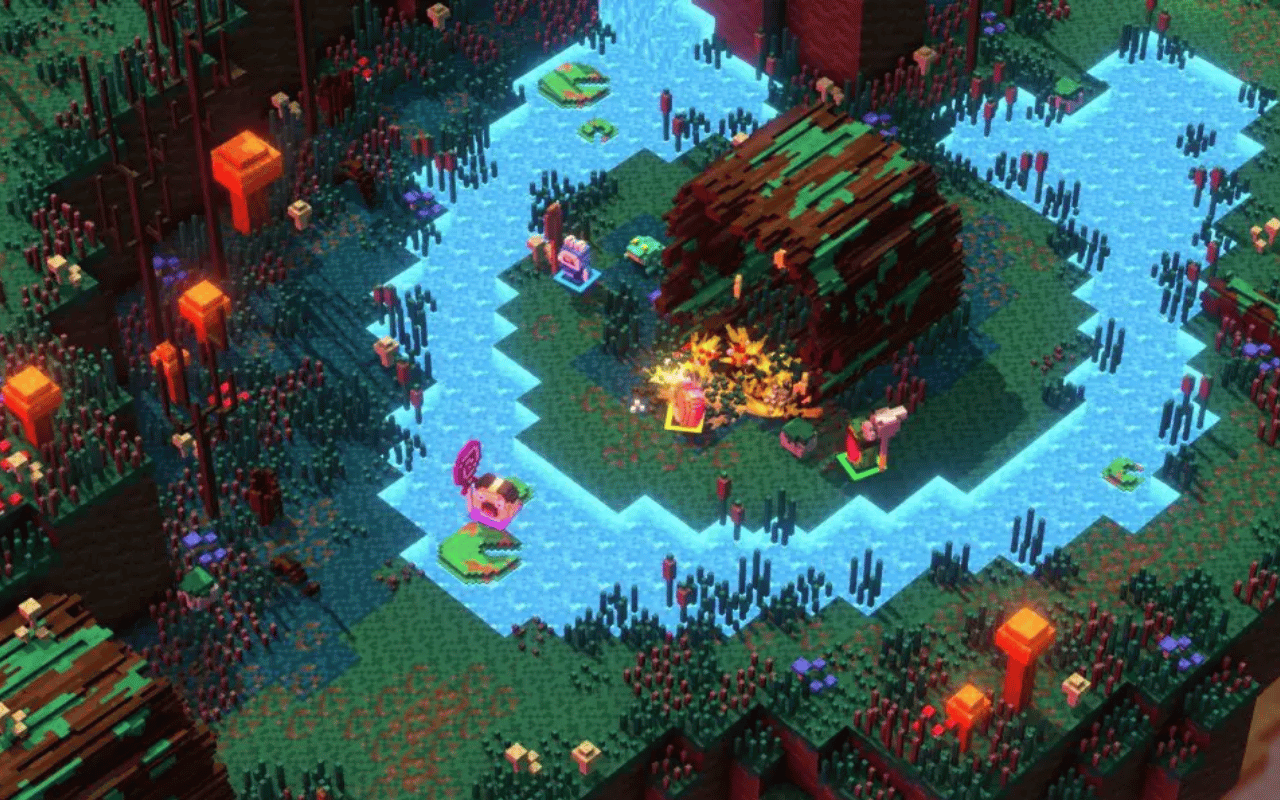
Hand-Drawn 2D Art
Hand-drawn 2D art is also seen in indie games, but not as prevalent as pixel art. Creating decent hand-drawn art is inherently harder than creating pixel art. Indie Games that feature this type of art style are either using the services of a 2D artist or made by a 2D artist who became a game developer.
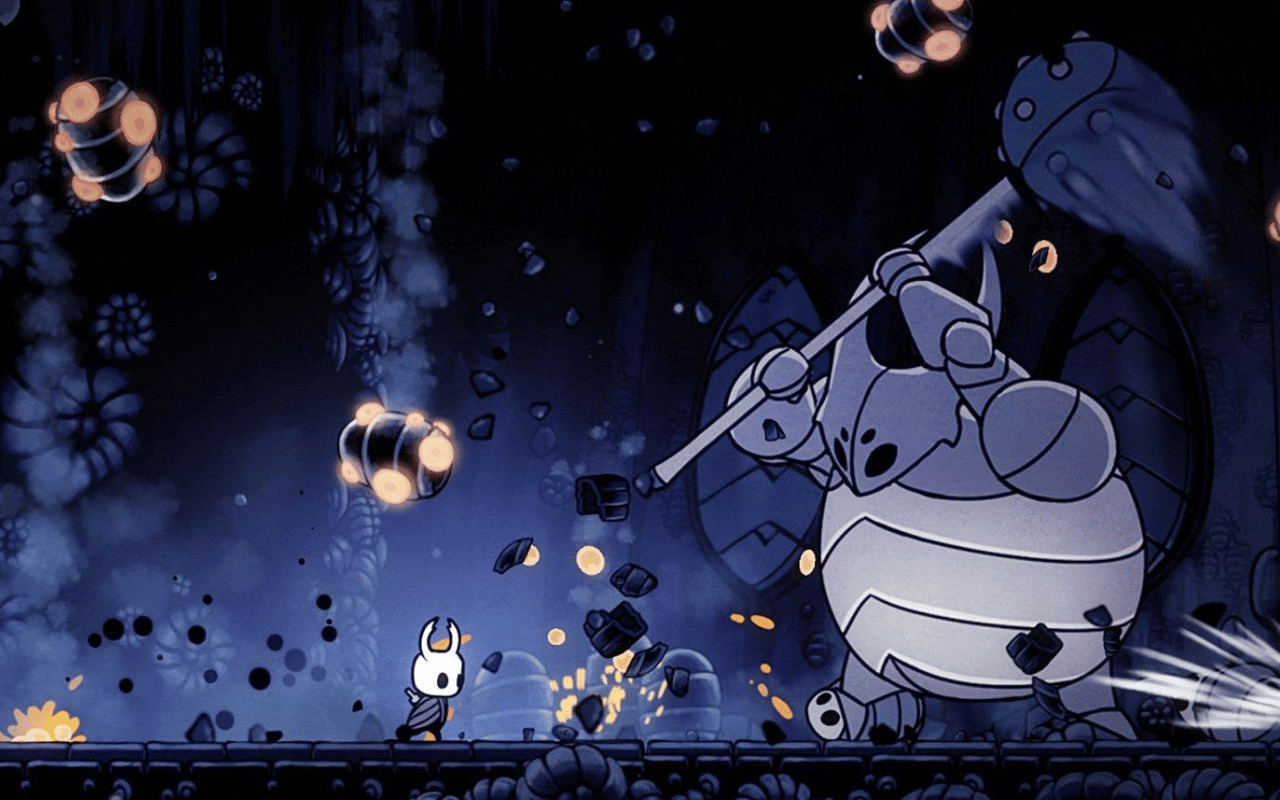
The Art Style in AAA Games
AAA game companies spend big on game art. They are obliged to produce games with incredible graphics that live up to their players’ expectations. They are expected to push the boundaries of innovation in games. That is why they opt for high-quality realistic game art. Hundreds of artists work on a typical AAA game to make it look like a masterpiece. Almost all AAA games are 3D today. They usually have detailed environments with stunning textures scanned from real-world material. Characters and creatures for AAA games are created in a multi-stage design process that includes concept art, sculpting, modeling, and realistic texturing. Let’s explore some of the most commonly used styles in AAA games.
Hyper-Realistic 3D Art
This type of style tries to create lifelike characters and realistic environments. It is commonly seen in action games and sports games. Games like Helldivers 2, Red Dead Redemption 2, and The Last of Us are examples of AAA games that use hyper-realistic game art.
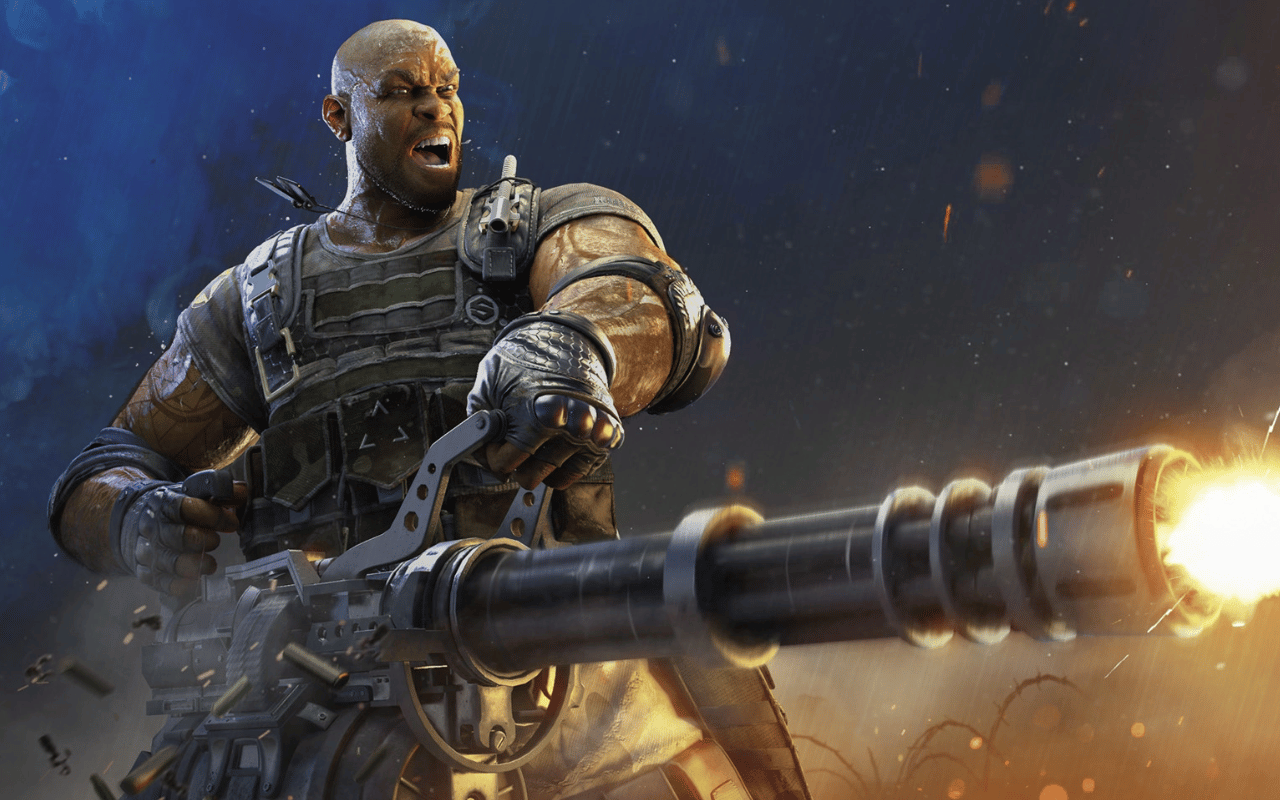
Stylized High-Poly 3D Art
Stylized 3D art style adds unique and fantasy aesthetics to high-poly 3D models. Games like Overwatch, The Legend of Zelda, Genshin Impact, and Final Fantasy are examples of this type of style. This art style is also used in feature animation. It suits creating worlds and telling stories that are highly creative and imaginative.
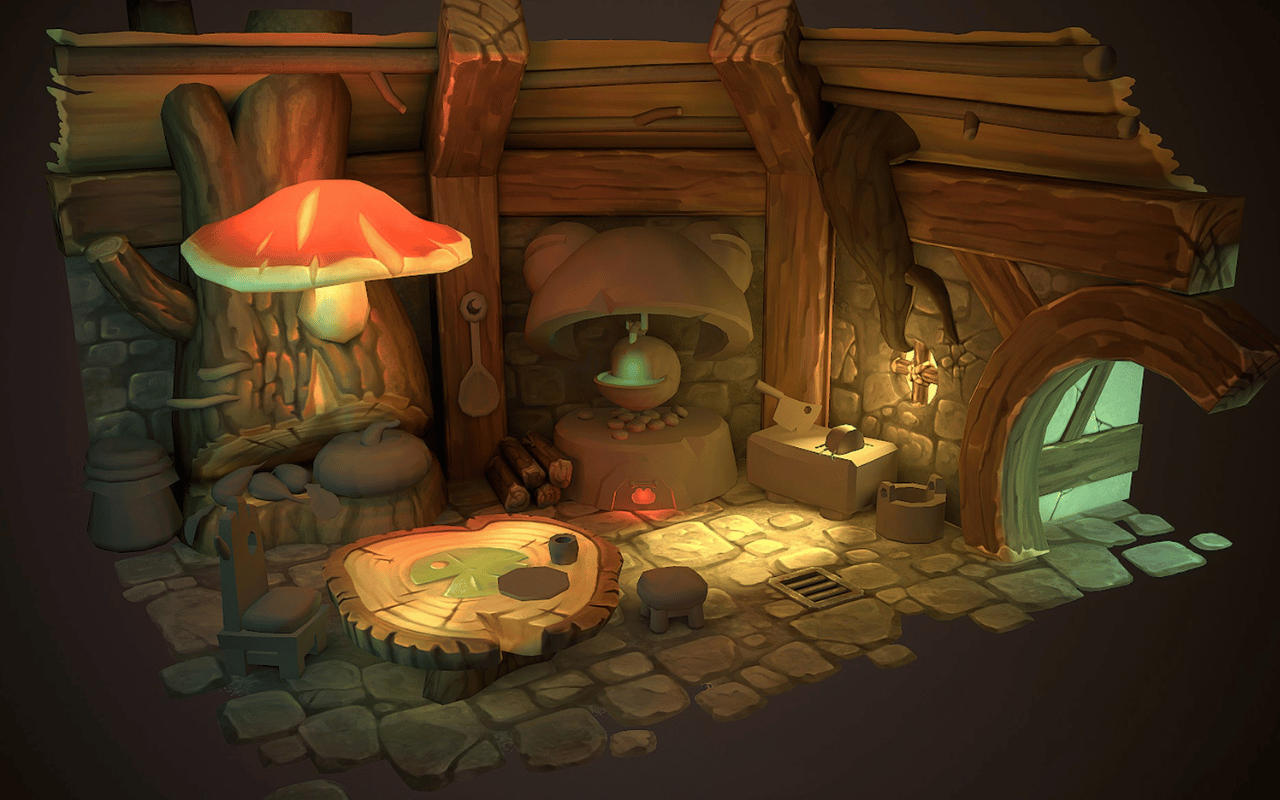
Raytracing
Raytracing is a lighting technique commonly found in modern AAA games. It simulates lighting realistically with accurate reflections and shadows. Although ray tracing is not an art style, it is found commonly among AAA games. This style is popular among hardcore gamers with high-end gaming machines that are after ultra realistic graphics.

The Impact of Art Style on Gameplay and Storytelling
Art style plays a crucial role in setting the tone for the game. It defines the mood for environments and scenes. Creating environments that suit the plot is not possible without careful decisions on the art style. Imagine playing an intense World-War era shooting game. The only art style that matches that setting is hyperrealism. You can’t tell a realistic epic story that intends to convey the sense of conflict and battlefield with low-poly art style or voxel art. You should implement realistic terrain, carefully designed buildings and debris, realistic explosions, and high-quality characters with detailed facial expressions to convey emotions clearly.
On the other hand, if a game intends to create a fun experience for kids, hyper-realistic graphics don’t work at all. Stylized and cartoon characters with colorful environments should be the style to aim for.
The art style also tells players what to expect from a game. When indie developers publish a game with voxel or low-poly art, that usually means the game has something to offer gameplay-wise but not in terms of graphics. Back in 2009, Minecraft had the most simplistic graphics, yet it introduced innovative features like procedurally generated voxel worlds and in-game construction features which made it a massive hit.
Battlebit Remastered is a popular multiplayer shooting game featuring low-poly 3D art, signaling to players that they should not expect high-end graphics. However, the game featured exceptional multiplayer optimizations that allowed 254 players to join in one game session. If it was not for the easy creation process of low-poly and voxel art, these titles and their innovations would not have been noticed, and that is the beauty of indie game art.
Games like Final Fantasy were made to take players into mesmerizing fantasy worlds and tell fascinating stories. The art style had to be as stylized as possible. Creating hyper-realistic art for a game like Final Fantasy that has various creatures would make it gruesome and scary, but the stylized fantasy-like art style helped create a fun and engaging experience where players enjoyed interacting with the creatures.
High On Life, the metroidvania game created by Justin Roiland, the coauthor of Rick and Morty, is the prime example of how unique art style can impact the game and create a comedic feel for a sci-fi action-adventure first-person-shooter game. The game incorporates highly polished stylized 3D models that help create a stunning look for the game.
Final Words
Video games are a blend of technology and art. Just like paintings, every game has a unique style and tells a different story. Choosing an art style for games is an important decision that is affected by many factors such as budget, expertise, game type and artistic preferences. Regardless of the resources available at hand, if these decisions are made carefully and the development team is passionate enough about the project, creating games with appealing art becomes possible.









